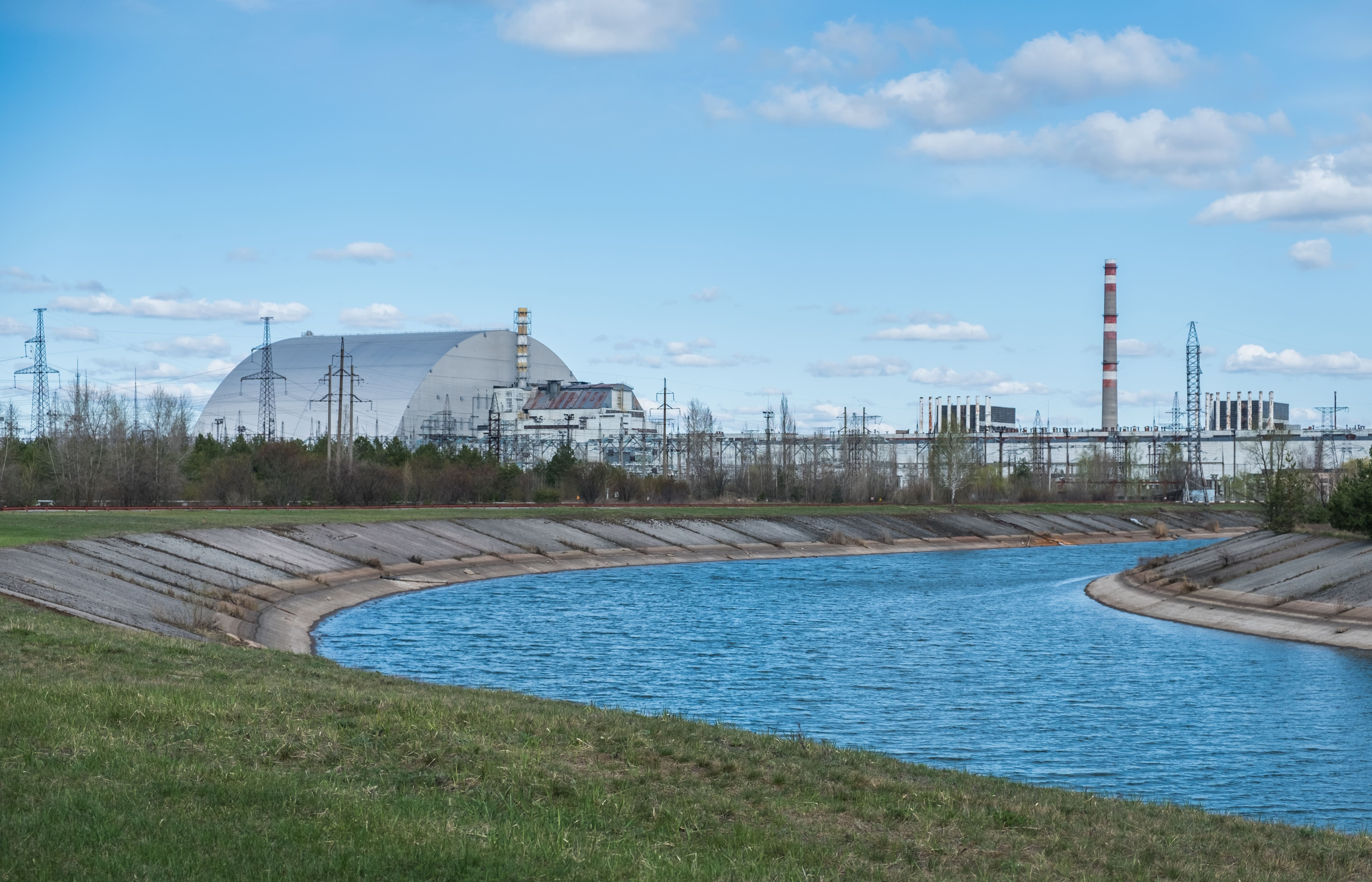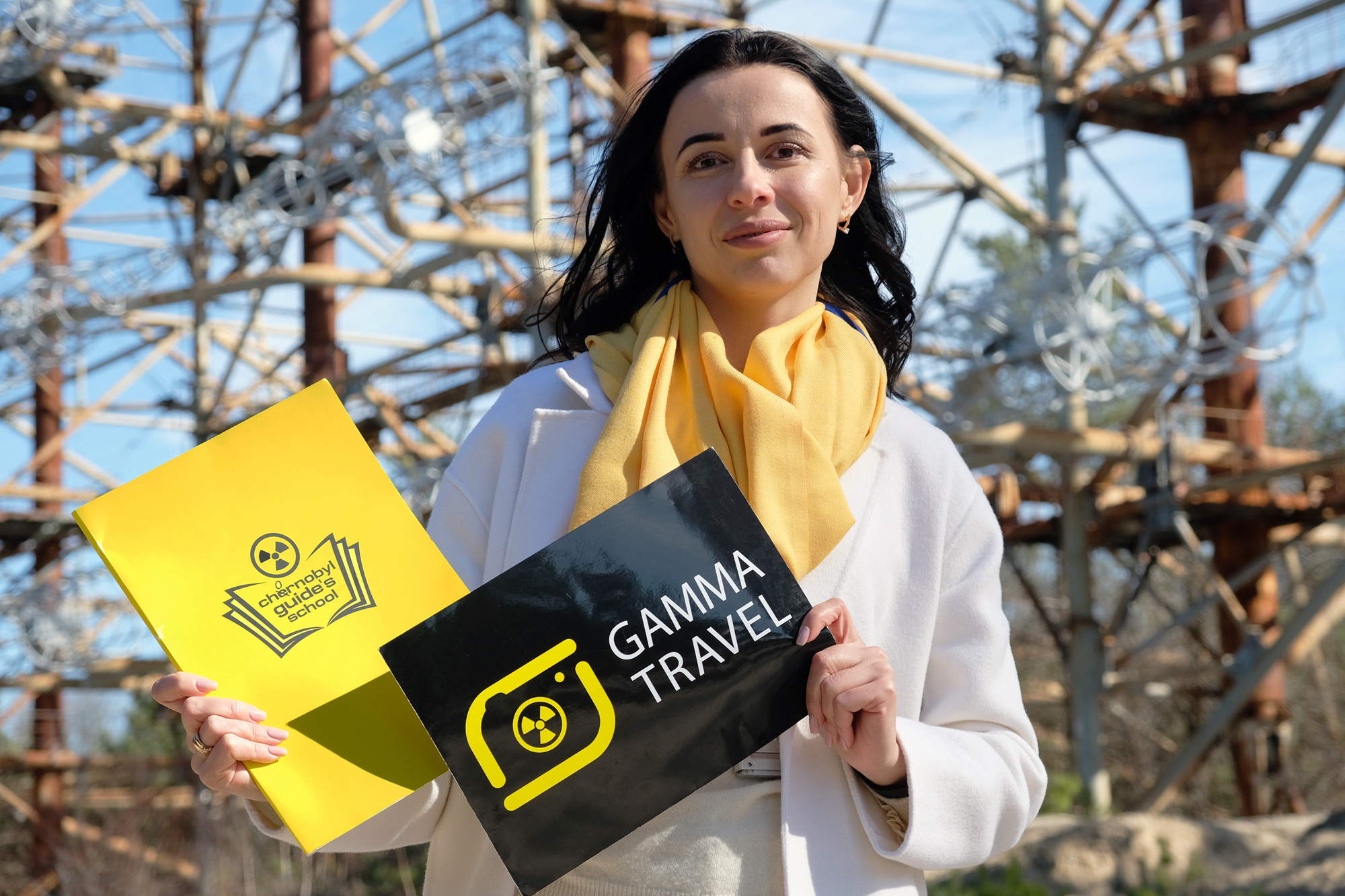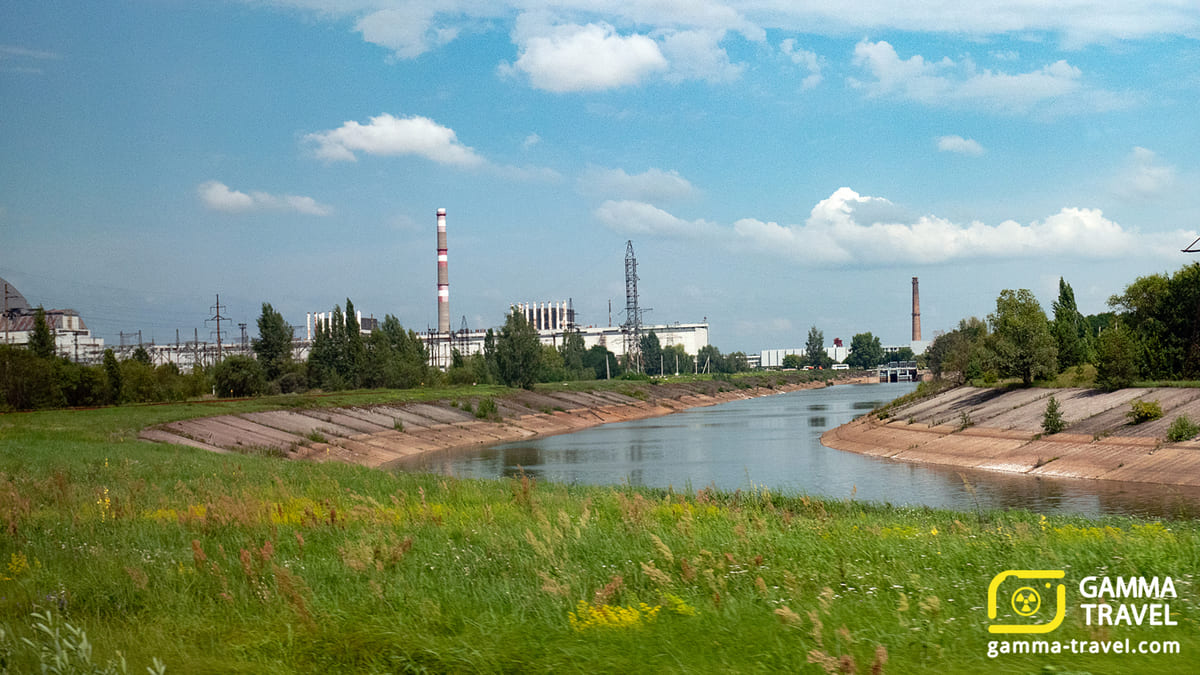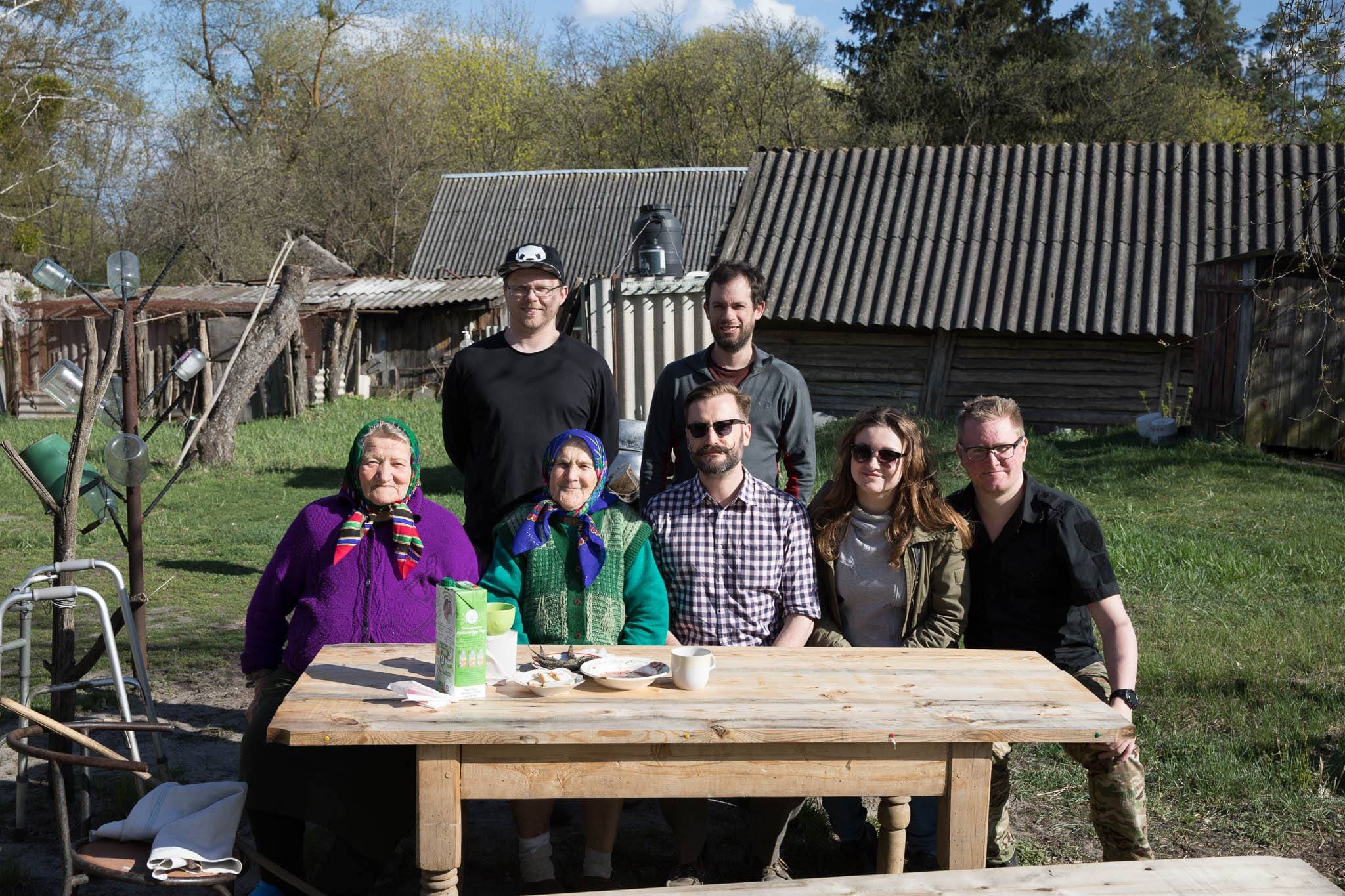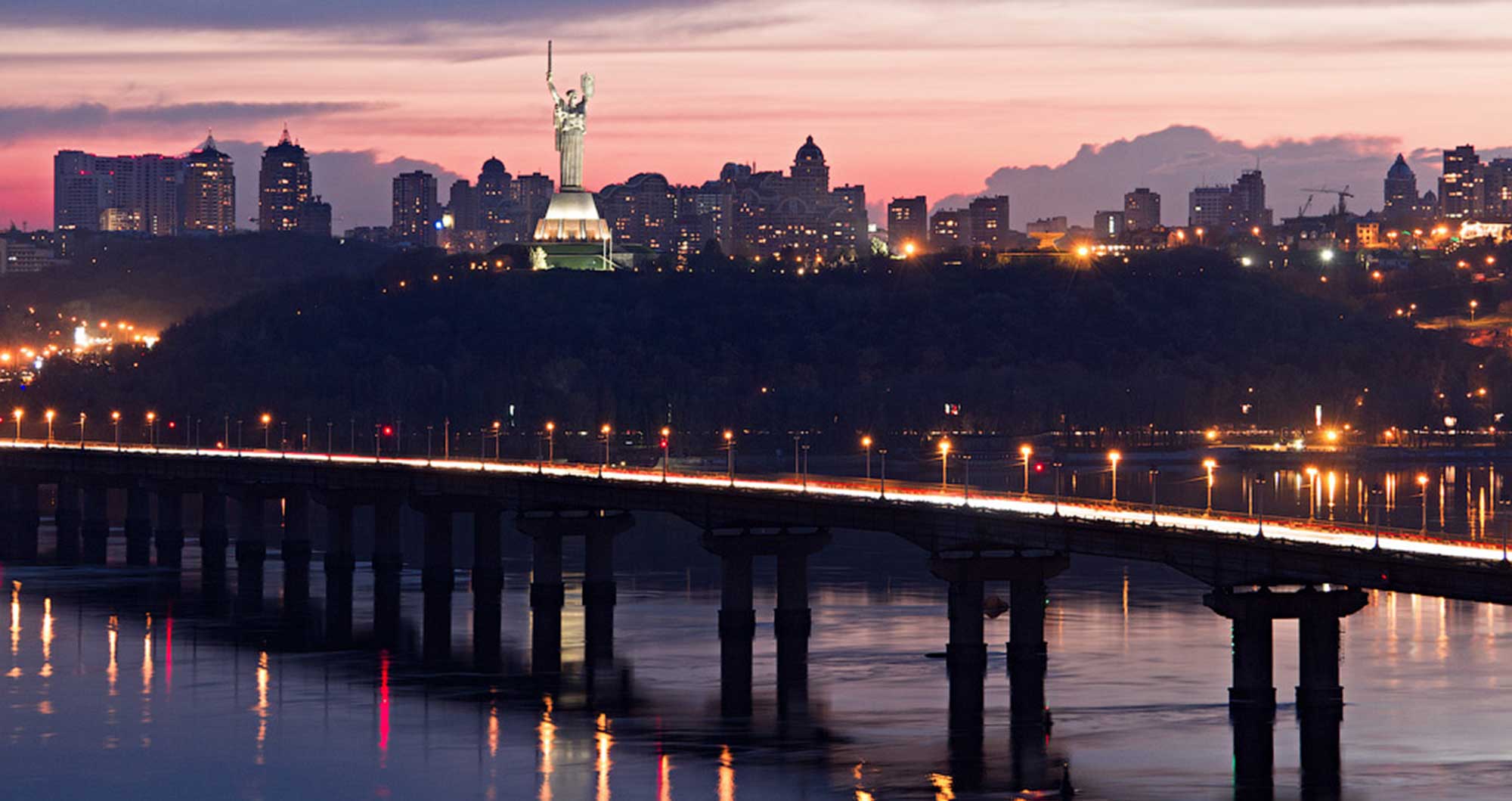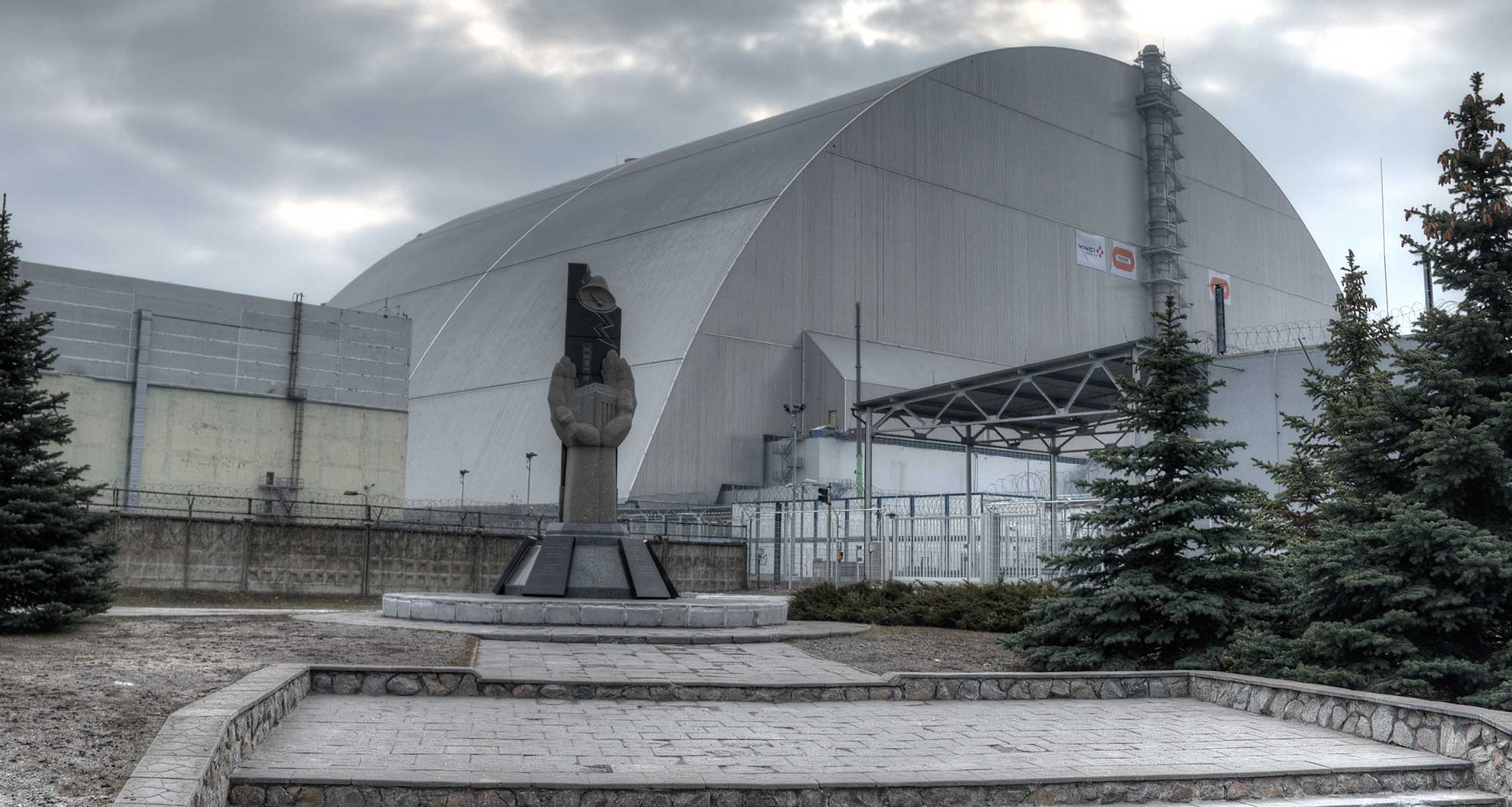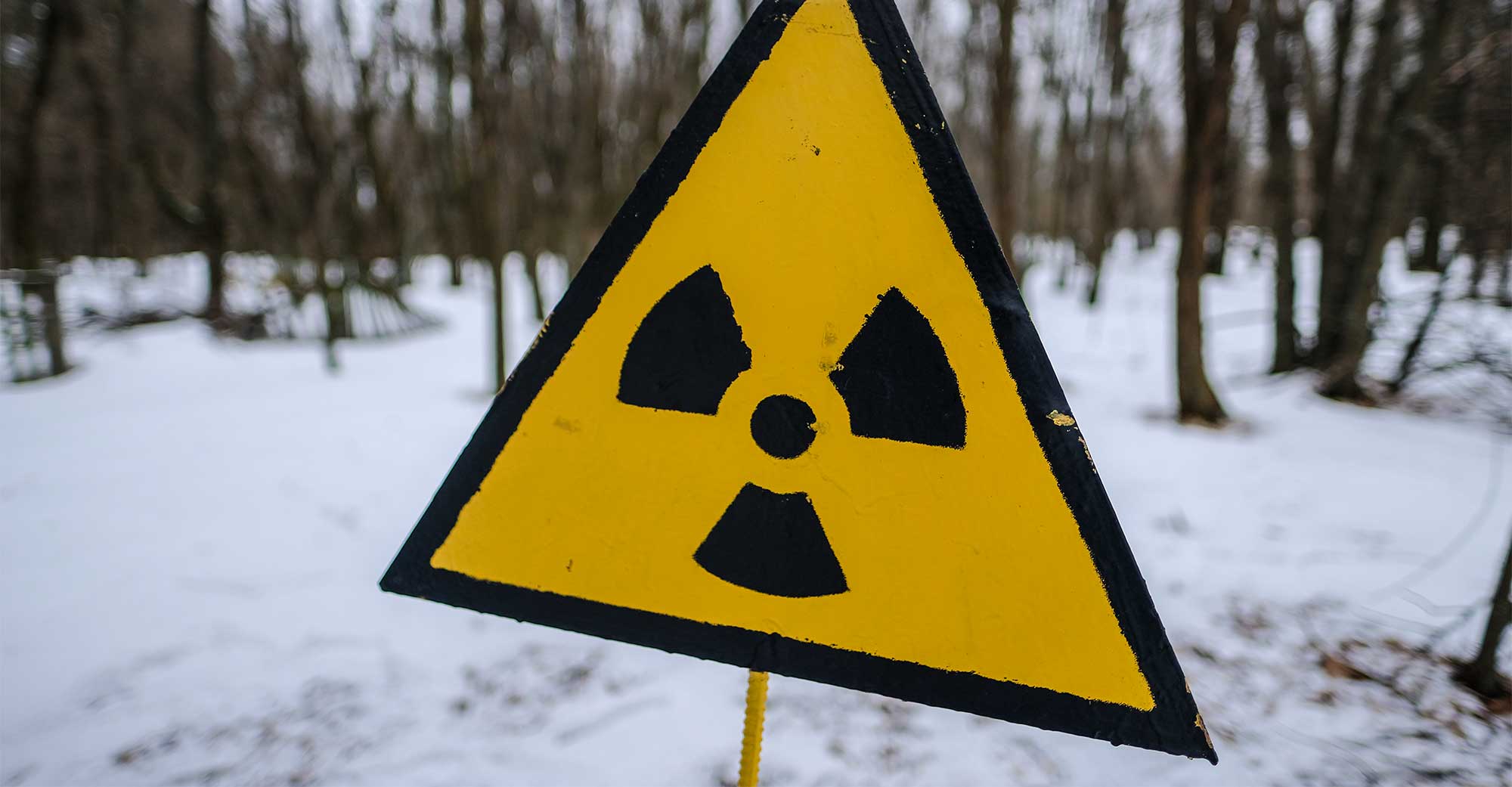Every person in the world should visit Chernobyl. Why?
Today, tourism in the Exclusion zone is booming as it brings more and more people who want to get acquainted with the history of the most significant nuclear accident in the world. The Chernobyl tourist attraction is visited for different reasons – some just want to take cool pictures for social media, some want to see a dead city covered with trees and learn about the relationship of humans with nature and some are eager to understand what really happened there, whether it could be avoidable and what can we learn from this terrifying story. Usually, it’s a combination of every reason, along with some deep and personal motivations.
Lots of people are questioning the safety and the legality of the tours itself before anything else. Gamma Travel is doing 100% legal visits to the zone; it gets all of the permits and other paperwork is done for you, so you don’t need to worry about anything.
One of the biggest concerns is, can you go to Chernobyl for a short visit and stay alive and healthy? Regarding safety, we will talk later in this article. But for now, let’s see what Chernobyl offers to claim that everyone in the world needs to visit this place.
What to see
The visual component is essential to the experience of Chornobyl, which goes without saying. The majority of Chornobyl visitors admit that they came to “see” with their own eyes the unique offerings of the zone. It’s worth mentioning that everything you’ll see in the Chornobyl zone is more or less mind-blowing, but here we gathered the general visual experience you might get from your trip.
1. Nature taking over
If you want to see how the world would look like if humans suddenly disappeared, there’s no better place than the Exclusion zone – here it happened for real. Thirty-four years ago people were evacuated from the settlements and were destined never to come back. Nature, once moved away from the cities and towns in favour of the people, woke up and re-established itself as the owner of this place.

Today’s zone looks like nothing but a blooming forest, especially among the once-great city of Pripyat where nearly 50,000 people lived before. As it was said in Jurassic Park: Life finds a way.
Even massive 16 story buildings are now hosting birch trees on their rooftops and moss plantations in the hallways. The once festive city centre square is now home for dozens of thick bushes and other plants’ roots that are escaping from the old cracked asphalt under your feet. Smaller plants are growing along the walls and inside peoples’ windows and doors, reclaiming the territory.

There is no place like this in the whole world, hopefully for the best.
2. The biggest movable construction in the world
If you didn’t know this fact here you go: the New Safe Confinement, the arch that is covering the old sarcophagus together with the ruined reactor number 4, is the biggest human-made movable construction in the world. Created by consortium Novarka and sponsored by dozens of countries, it became a symbol of the scale of humanity’s work if we can cooperate together on an international level.
This confinement is supposed to protect us from radiation for 100 years, and it was just recently finished – in 2019. So, if you’re asking is Chernobyl safe to visit today the answer is – today is actually safer than ever. Before 2016 the visitors saw the old sarcophagus, built by the soviets many years ago and in a rush – relatively speaking not the best protection from the tons of radioactive fuel inside. So, lucky you if you can visit Chernobyl today when all the dangerous debris are hidden under the steel dome and sealed safely.

A few words about the size of the construction, so you can understand its majesty. It is 108 metres (354.3 ft) high, which could fit the statue of liberty with additional space left. It is 260 meters wide, which could fit two football pitches. The total weight of the entire facility including equipment is about 31 thousand tons which equal to, let’s make it fun, approximately 6,200 average elephants. And all of this construction was built 200 metres away from the reactor, then slid over the top and only then finally sealed.
It’s an imposing building and definitely a must-see location. Besides, when else can you stand 100 metres away from the exploded reactor and feel safe?
3. Ruins of the once most powerful empire
The Soviet Union desired to reign supreme in all areas it could (or at least seem like it did). And the Chornobyl power plant was one of the newest and the most modern facilities in the whole empire. Therefore they needed to build a brand new city for the workers of the plant, a city of the future. Pripyat used to be exactly this.

Probably for a British visitor 16-floor buildings wouldn’t look state-of-the-art, but back in the ’70s this was a Dubai of the Soviet Union. Thoroughly and meticulously planned, Pripyat contained family-oriented micro districts with exciting new palaces of culture and entertainment, and even one of the first supermarkets in the whole empire – this is the life that people deserved because they lived next to the power plant. Yet, all these structures are now covered with dust, moss and sorrow.

Portraits of Lenin and other communist propaganda, hidden under the mould and radioactive dust, became a symbol of the Exclusion zone. While, of course, it is sad to look at abandoned houses and settlements, here you get to see a lifestyle alien to many people in western countries. And it’s a different vision of life which will be soon lost entirely to history.
The USSR was an empire of 15 countries, it had aspirations of global influence, and for many people, it was an ideal society or at least a necessary evil on the way to a utopia. Today, each nation is independent and most wishes to go a new way, yet, the souls of the zone, the objects, and the buildings don’t know that they are part of a country that no longer exists and the ghosts of the city lost their nation less than thirty years ago.
Today you can walk through the ruins of the ideological project, so inspiring to some but terrifying for many. Take a step into this mystery and decide for yourself what do you think of the failed empire.
What to learn
Here we come to the second and the most crucial part of the story – what valuable lessons can you learn when you visit Chornobyl.
1. The cost of lies
It is obvious that lying is wrong; we teach this to children! But in the modern world, we often find ourselves in situations that show us that lying is necessary. While this is a moral dilemma that can be discussed for hours, one thing is clear – lies can lead to severe consequences. And Chornobyl is a tremendous but terrifying example of this.

The Soviet Union had many secrets not only from other countries but from its own staff, helpers – comrades. Not everything was explained, and not everything was disclosed even to the high ranking positions. This is partially a reason why Chornobyl happened in the first place – miscommunication between different parties, blind following rules instead of critical thinking, not knowing what is happening and why – all this led to the disaster.

Lies and failing to take responsibility led to Chornobyl’s disastrous effects still felt today, particularly for the people of the USSR who were meant to be protected and embodied. That is a lesson we should (and sometimes even fail as species) to accept.
2. The double-sided nature of technology
According to a BBC survey, people consider nuclear energy to be the third-worst invention in the world after mobile phones and weapons. Ironically, a nuclear weapon was created first and gave a push towards discovering nuclear energy later. But still, the fact is here – atomic energy is not a trustworthy partner of humanity.

This isn’t to say that nuclear power plants are inherently wrong or should be all shut down immediately. But it is an essential reminder that humanity’s technological inventions can be dangerous to the planet and us when we don’t research properly, understand the risks and run things poorly.
There was no contingency plan for the case of the explosion at the Chornobyl power plant, and this is the factor that is still not understood. It was supposed to be the biggest power plant in the world, but at the same time, there was so much missing around it, starting with proper medical help ending with usual people who lived next door to the power plant and knew nothing about radiation.
Chornobyl was not prepared for what happened, and this is a vital lesson to learn. We cannot blindly trust the technologies even if they seem to be great and solve all humanity’s problems. Without treating thoroughly, without double-checking and double testing, it’s useless and not safe.
3. Value what you have, it’s not forever
Sounds quite clichéd, but it is for a reason. Pripyat is such a perfect example of how temporary material things are.
And unlike the cases of the earthquakes or volcano eruptions, Pripyat is such a unique site because of what remains. The city itself was not affected by the disaster per se; people just left the buildings, and later the power of nature damaged them. So you can literally see how life stopped in one particular spot on Earth.

Put yourself into the shoes of a Pripyat citizen. Imagine you had to leave your current accommodation for three days and you were allowed to take with you only essentials. Then imagine you are told that you’ll never come back. When you are there, physically, and can see their positions face to face, you can begin to understand the pain felt by the people from losing their homes and belongings.
-----
Can you visit Chernobyl?
Yes, of course! In fact, thousands of people have visited the Chernobyl exclusion zone. You can take one day tour or more extended private tours, tours inside the power plant and even air tour around the Exclusion zone!

Is it dangerous to visit Chernobyl?
Chornobyl is generally a safe place to visit, people go here every day, people work as guides and some people even still live in the exclusion zone (we don’t recommend that so much). The radiation level in most of the zone is less than in any major European city, so you’ll get more radiation on your flight to Kyiv than in the zone itself. Now, of course, there are very radioactive hotspots and areas, so if and when you visit the zone stick to the designated paths, pay attention to the signs and listen to your guide if you want to be safe.
----

And the last fact that will surely make you book your trip immediately. All of the houses in ghost town Pripyat are falling apart day by day, and very soon the whole site will be closed for any kind of visitors. If you postpone this trip to the next year or next vacation, it may be possible that you won’t be able to see it ever. Please remember this fact and make your choices wisely.



